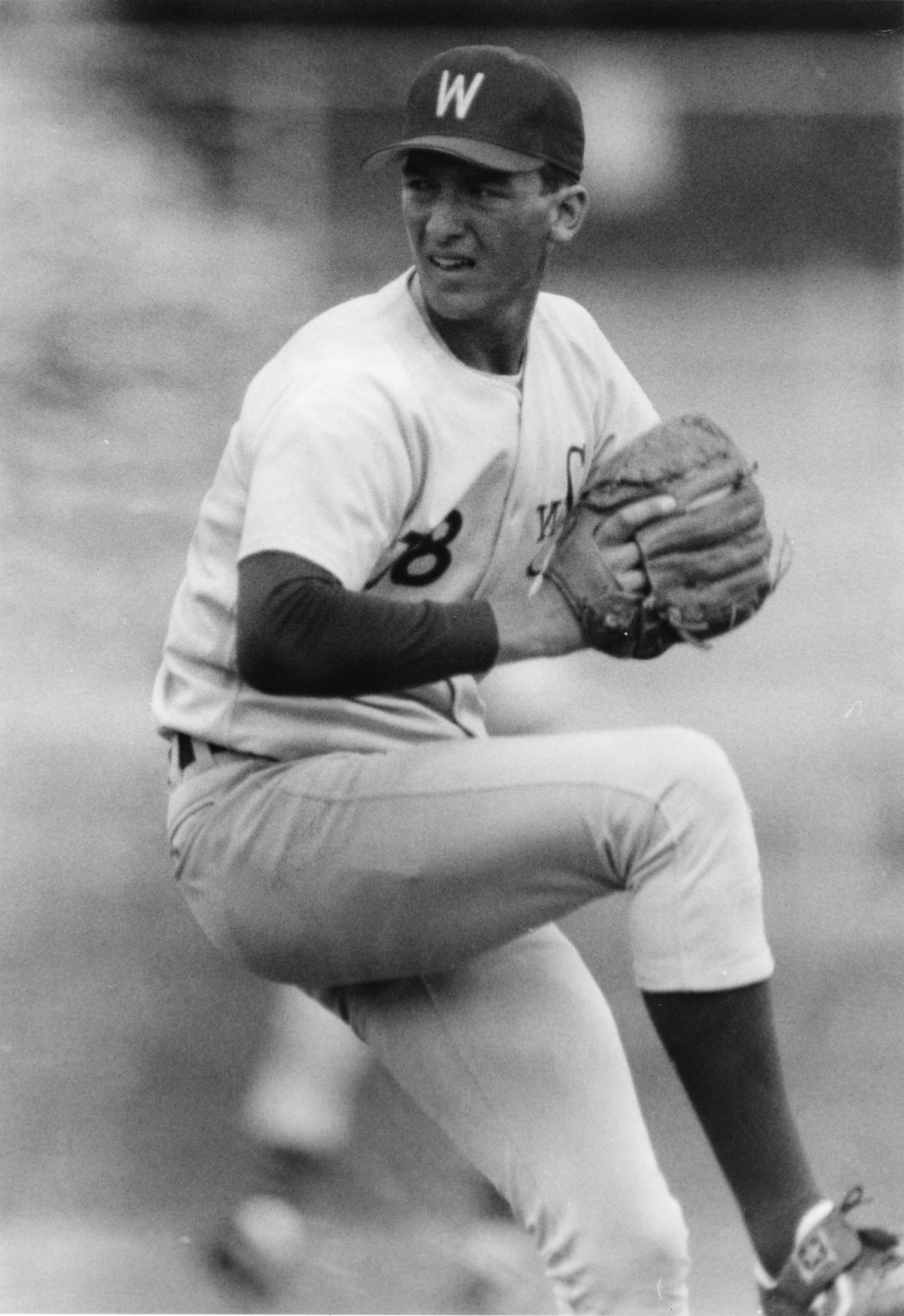Washington State’s John Olerud was arguably college baseball’s best two-way player

Most devoted baseball fans in the state of Washington know John Olerud for his five-year stint with the Seattle Mariners – a stretch during which the helmeted first baseman won three MLB Gold Glove awards and contributed to one of the most successful regular season teams in the history of the game.
A smaller but equally prideful group of fans on the opposite side of the state may be more familiar with the prolific college career that came more than a decade earlier for Olerud, whose 17 years in pro baseball were preceded by three fabled seasons at Washington State.
Olerud was indisputably the best player to come out of Pullman, as evidenced by his Pac-12 Baseball Player of the Century honor, but in a recent ESPN feature, author Ryan McGee posited another thought regarding Olerud’s spell with the Cougars.
Was he the best two-way player in college baseball history?
The ESPN story leads off with a fascinating anecdote from WSU’s practices in the late 1980s, when Olerud meandered to Pullman from Interlake High School in Bellevue to play for legendary coach Bobo Brayton – perhaps the only WSU baseball figure with more fame than Olerud .
While Olerud was at the plate taking practice hacks, Brayton would give his batter specific instructions of where to hit the ball, allowing his infield and outfield to work on various defensive situations, according to the ESPN story.
The “Ole” drill, named for Olerud, looked something like this:
Brayton: “Hot grounder through the 6-hole!”
“Olerud would meet the ball with a downward stroke that sent a worm-burner just past the outstretched glove of the shortstop,” McGee wrote.
Brayton: “Double over your heads and off the left-center field wall!”
“Olerud would stroke a slow-rising glider that outran the outfielders,” McGee wrote, “and indeed ricocheted off the wall in left-center.”
“Brayton would keep going.”
Brayton: “Infield fly between the mound and first! Baltimore chop toward third! Opposite-fielder down into the corner!”
Many of the stories about Olerud spoke bigger than the numbers he posted, but the stats certainly help validate his place in Washington State, Pac-12 and college baseball history. During the 1988 season, Olerud became the only pitcher in NCAA history to secure 15 wins as a pitcher and hit 20 home runs. He went a perfect 15-0 with 23 homers en route to Pac-10 Player of the Year and Baseball America College Athlete of the Year honors.
Olerud’s career batting average of .434 and single-season average of .464 are still school records, and he went 26-4 on the mound while posting a 3.17 ERA in three seasons.
ESPN’s story focuses on the superlatives that put Olerud in the same conversation as other two-way stars, such as Kentucky’s A.J. Reed – formerly coached by current WSU skipper Brian Green – Tennessee’s Todd Helton, Texas’ Brooks Kieschnick and Minnesota’s Dave Winfield, but it also spotlights the adversity he overcame after enduring a brain aneurysm just before his junior season.
Olerud survived the potentially fatal brain condition and began donning his signature batting helmet full-time in 1989, hitting in the high-.300s as a junior before signing a contract with the Toronto Blue Jays. There, he won back-to-back World Series championships in 1992 and ’93 and became the club’s first ever American League batting champion in 1993.
“The greatest two-way player in the history of college baseball might never be as acknowledged as he should,” McGee wrote. “But back in Pullman, No. 18 will never be forgotten.”